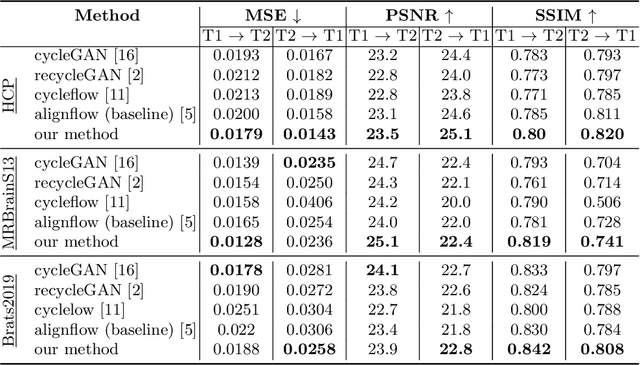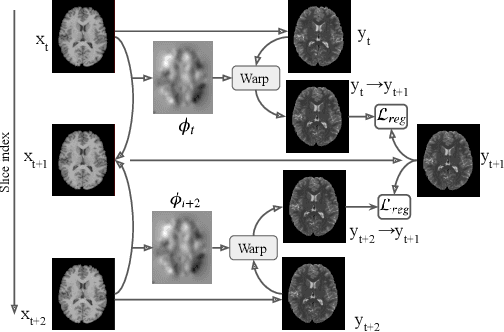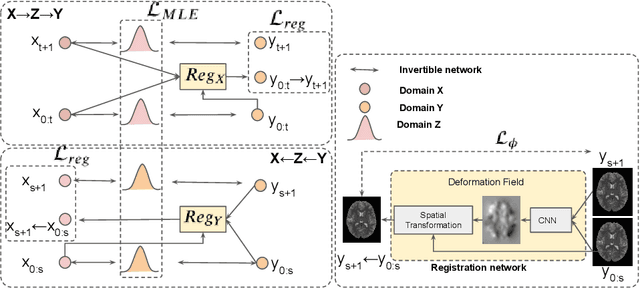Manh Nguyen
SPaRFT: Self-Paced Reinforcement Fine-Tuning for Large Language Models
Aug 07, 2025Abstract:Large language models (LLMs) have shown strong reasoning capabilities when fine-tuned with reinforcement learning (RL). However, such methods require extensive data and compute, making them impractical for smaller models. Current approaches to curriculum learning or data selection are largely heuristic-driven or demand extensive computational resources, limiting their scalability and generalizability. We propose \textbf{SPaRFT}, a self-paced learning framework that enables efficient learning based on the capability of the model being trained through optimizing which data to use and when. First, we apply \emph{cluster-based data reduction} to partition training data by semantics and difficulty, extracting a compact yet diverse subset that reduces redundancy. Then, a \emph{multi-armed bandit} treats data clusters as arms, optimized to allocate training samples based on model current performance. Experiments across multiple reasoning benchmarks show that SPaRFT achieves comparable or better accuracy than state-of-the-art baselines while using up to \(100\times\) fewer samples. Ablation studies and analyses further highlight the importance of both data clustering and adaptive selection. Our results demonstrate that carefully curated, performance-driven training curricula can unlock strong reasoning abilities in LLMs with minimal resources.
Flow-based Deformation Guidance for Unpaired Multi-Contrast MRI Image-to-Image Translation
Dec 03, 2020



Abstract:Image synthesis from corrupted contrasts increases the diversity of diagnostic information available for many neurological diseases. Recently the image-to-image translation has experienced significant levels of interest within medical research, beginning with the successful use of the Generative Adversarial Network (GAN) to the introduction of cyclic constraint extended to multiple domains. However, in current approaches, there is no guarantee that the mapping between the two image domains would be unique or one-to-one. In this paper, we introduce a novel approach to unpaired image-to-image translation based on the invertible architecture. The invertible property of the flow-based architecture assures a cycle-consistency of image-to-image translation without additional loss functions. We utilize the temporal information between consecutive slices to provide more constraints to the optimization for transforming one domain to another in unpaired volumetric medical images. To capture temporal structures in the medical images, we explore the displacement between the consecutive slices using a deformation field. In our approach, the deformation field is used as a guidance to keep the translated slides realistic and consistent across the translation. The experimental results have shown that the synthesized images using our proposed approach are able to archive a competitive performance in terms of mean squared error, peak signal-to-noise ratio, and structural similarity index when compared with the existing deep learning-based methods on three standard datasets, i.e. HCP, MRBrainS13, and Brats2019.
 Add to Chrome
Add to Chrome Add to Firefox
Add to Firefox Add to Edge
Add to Edge